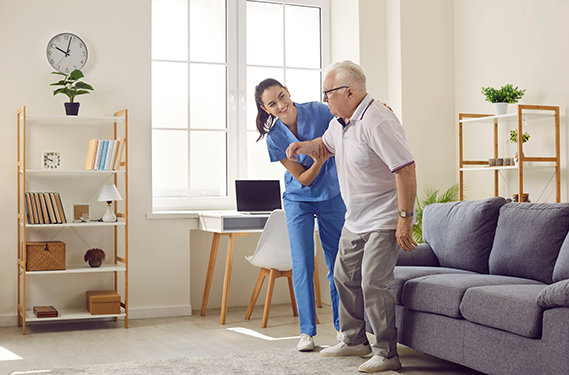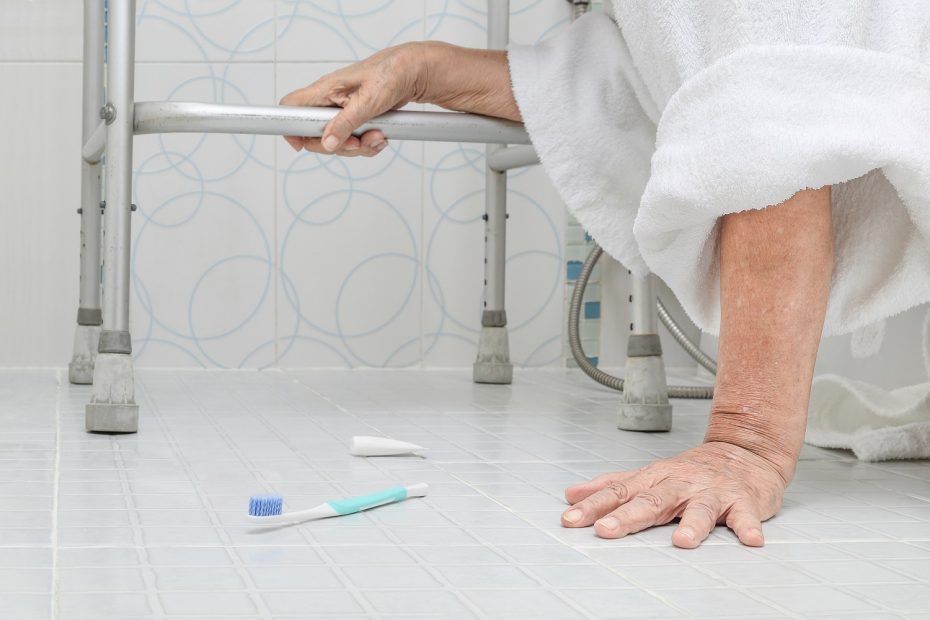In today’s rapidly evolving world, remote monitoring for caregivers has become an essential tool in providing efficient and effective care for loved ones. With the advent of technology, caregivers can now monitor the health and safety of their patients from a distance, offering peace of mind and allowing for more flexible care solutions.
The primary keyword, remote monitoring for caregivers, signifies a transformative change in how care is provided to the elderly and those in need of constant medical attention. The ability to track vital signs, daily activities, and even potential emergencies remotely is a game-changer for many families and healthcare professionals.

What is Remote Monitoring?
Remote monitoring refers to the use of technology to observe and record the health and daily activities of individuals from a distance. This can include wearable devices that track heart rate, movement, and sleep patterns, as well as sensors placed in the home to detect falls or unusual activity.
Benefits of Remote Monitoring for Caregivers
The benefits of remote monitoring are numerous. For caregivers, it provides a way to stay informed about the health of their loved ones without being physically present all the time. This can reduce stress and prevent burnout, a common issue among family caregivers.
Enhanced Safety and Security
By using remote monitoring technologies, caregivers can ensure the safety and security of their loved ones. For instance, fall detection for seniors living alone can alert caregivers of any sudden incidents, allowing for prompt intervention.
Better Health Management
With real-time data, caregivers can better manage the health of their patients. This includes monitoring vital signs and ensuring medication compliance, which can significantly improve the quality of care.
How Remote Monitoring Works
Remote monitoring systems typically consist of several components, including sensors, data processing units, and communication devices. These components work together to collect and transmit data to caregivers, who can then access this information via an app or web portal.
Types of Remote Monitoring Devices
There are various types of remote monitoring devices available, each designed to meet specific needs. These include wearable devices, home-based sensors, and mobile apps.
Challenges and Considerations
While remote monitoring offers many advantages, there are also challenges to consider. These include privacy concerns, the need for reliable internet connectivity, and the cost of devices and services.
Addressing Privacy Concerns
Ensuring the privacy of sensitive health data is a top priority. Caregivers should choose systems that offer robust data protection and comply with relevant regulations.
Future of Remote Monitoring
The future of remote monitoring is bright, with ongoing advancements in technology making it more accessible and affordable. As more families and healthcare providers adopt these technologies, the standard of care will continue to improve.
Integration with Other Technologies
Integration with other smart home technologies and medical devices will further enhance the capabilities of remote monitoring systems, providing even more comprehensive care solutions.
Remote Monitoring and Caregiver Support
For caregivers, support is crucial. Remote monitoring provides an additional layer of support, allowing caregivers to focus on other aspects of care while technology handles the routine monitoring tasks.
Reducing Caregiver Stress
By alleviating some of the burdens associated with constant vigilance, remote monitoring can help reduce caregiver stress and improve overall well-being.
Conclusion
In conclusion, remote monitoring for caregivers is a valuable tool in the modern caregiving landscape. It offers numerous benefits, from enhanced safety and security to better health management and caregiver support. As technology continues to evolve, it will undoubtedly play an increasingly important role in caregiving.

FAQs
What are the benefits of remote monitoring for elderly care?
Remote monitoring provides peace of mind, improves health management, and enhances safety for elderly individuals, allowing caregivers to respond quickly to emergencies.
How does remote monitoring reduce caregiver stress?
By providing real-time data and alerts, remote monitoring reduces the need for constant physical presence, allowing caregivers to manage their responsibilities more effectively.
Are there any privacy concerns with remote monitoring?
Yes, privacy is a concern, but many systems offer robust data protection and comply with privacy regulations to ensure the safety of personal health information. More information on fall prevention and caregiver support can be found at NCOA’s fall prevention page.
This article contains affiliate links. We may earn a commission at no extra cost to you.






